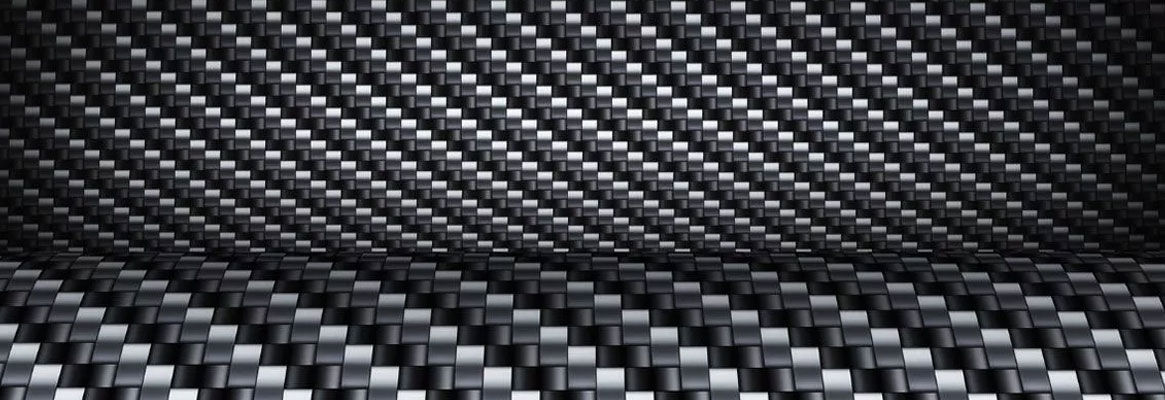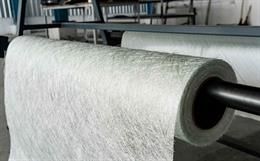Light weight and efficient design are the two core competencies forreducing carbon emissions in automobiles. Reinforced carbon fibres can do thiswonder.
Environmentalconcerns regarding carbon-di-oxide emissions have stimulated considerableinterest in the minds of people. Technologies are also getting the fever, andare coming up with new innovations to reduce fuel consumption for passengercars. Vehicle design, and body weight of the car is an important point forconsideration, as light weight of the cars body implies a lighter drive train,and further mass reductions. A novel textile design is conceived by which asingle piece of integrated frame structure is laminated. Light weight materialsare used to assemble the body which reduces the weight of a 320Kg steel car toa surprisingly 125 kg.
Astudy by Lotus Engineering with the Toyota Venza
Researchesof automobiles have stated a savings of around 65% if adequate materials areused for reducing the body mass of cars. A study conducted by Lotus Engineeringhas resulted in developing a commercially viable mass reduction strategy. Itstates that, application of light weight materials and efficient designing can resultin positive mass savings. The study has reached a constructive conclusion that,body weight of passenger cars can be minimized by 38%, with an amazinglyadditional cost of just 3%. Engineering techniques for mainstream productionprograms are planned for execution by 2020.
Currently light weight vehicles such as racing cars use a monocoque stressed design that enable light weight and optimize manufacturing costs. But for passenger cars with a big cut-out area, using space-frame supporting fairing panels provides more efficiency comparatively over the monocoque method. Using carbon fibre composite materials for making space-frames provides a light-weight structure.
Carbon fibre Applications in Passenger Cars:
Carbon fibre is a very thin filament made from pure carbon. They have virtues of light weight, and performance, but also have its own disadvantages of being expensive fabrication, recycling processes, and repair. Despite its expensive nature, carbon fibres serve very appealing for high-performance applications where cost is not a major consideration. New processes are being followed to reduce the costs involved, and enable best possible performance.
Carbon
fibre reinforced plastics (CFRP) are obtained by weaving many fibres together
and embed them in resin. These fibres foresee successful automobile industry
applications due to its virtues of high strength and capability to minimize
body mass. Components made from carbon fibres weigh 50% less when compared with
steel parts, and 30% less comparatively over aluminum components. Adopting this
technique with a thin section stressed skin incorporates localized loads from
the suspension, seat and seat belts, engine and door mountings.
Potential
automotive applications in the near future:
Carbon fibre spare parts will be manufactured which will be used in the body parts. Weight of a car is responsible for around 23% of its fuel consumption. If weight reducing materials such as CFRP are used, approximately 0.3-0.6 liter of fuel can be saved for every 100 km of urban driving. Thus ultimately C02 emissions can also be minimized to 7.5-12.5 g/km. An estimate states that current global CFRP consumption is roughly 10, 000 tons, and will reach 20,000 tons by the end of 2010.
Japanese textile maker Toray proposes to develop carbon fibres along with German car maker Daimler AG to use in the Mercedes Bens cars from 2012. Currently, $86 million USD of Torays revenue is on manufacturing carbon fibres for making cars. Nissan, Toray, and Honda are chalking plans for developing car body with carbon fibres. They plan for a mass production by 2015. In China, demand for insulation materials in cars is expected to increase three fold by 2012.
Carbon fibre cars are optimistically believed to reduce carbon emissions to a considerable extent. If proved to be practically, and commercially feasible, this technology will be commonplace in future car designing in the automotive industry.
References:
1. &sec=article&uinfo=<%=server.URLEncode(3007)%>" target="_blank">http://www.carbonfibergear.com
2. &sec=article&uinfo=<%=server.URLEncode(3007)%>" target="_blank">http://blogs.edmunds.com
3. &sec=article&uinfo=<%=server.URLEncode(3007)%>" target="_blank">http://www.lotuscars.com
4. &sec=article&uinfo=<%=server.URLEncode(3007)%>" target="_blank">http://media.daimler.com
5. &sec=article&uinfo=<%=server.URLEncode(3007)%>" target="_blank">http://www.azom.com
6. &sec=article&uinfo=<%=server.URLEncode(3007)%>" target="_blank">http://www.cardesignonline.com
7. &sec=article&uinfo=<%=server.URLEncode(3007)%>" target="_blank">http://www.innovationintextiles.com/
Image Courtesy:
cardesignonline.com
sparkplugging.com







